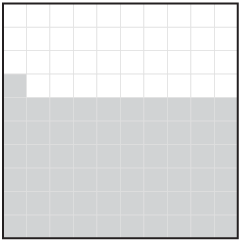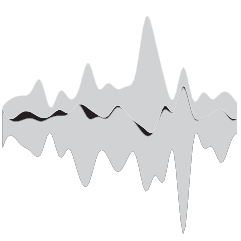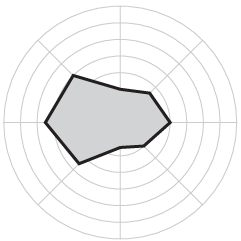After seeing this map on The Guardian, I was curious about what other data was available from the National Highway Traffic Safety Administration. It turns out there’s a lot and it’s relatively easy to access via FTP. What’s most surprising is that it’s detailed and fairly complete, with columns for weather, number of people involved, date and time of accidents, and a lot more.
Read More
-
-
-
-
 The New Hampshire results trackers are out in full force tonight. Ordered by my inclination to leave open in the background: Chicago Tribune, The New York Times, The Washington Post, The Guardian, MSNBC, and CNN. Take your pick.
The New Hampshire results trackers are out in full force tonight. Ordered by my inclination to leave open in the background: Chicago Tribune, The New York Times, The Washington Post, The Guardian, MSNBC, and CNN. Take your pick. -
From Pasta by Design by George L. Legendre, it’s exactly what you think it is. More pasta and equations at The New York Times. I may never see Fusilli the same way again. [via]
-
-
-
This graphic by commenting platform DISQUS, arguing that higher quality online discussions come from those using pseudonyms, splits the percentage of comments by identity into pseudonyms, anonymous, and real names. Is it a bubble chart? A pie? A coincidental bowl of jello? Actually, it looks like the height of each section represents the three values, so it’s a misshapened bar chart of sorts. Oi.
It’s trying so hard to look good that it comes across clunky and awkward.
If anything, they should have focused on the quality signals data on the left. Wouldn’t that have been more interesting? Have at it in the comments.
[DISQUS via @miguelrios]
-
Google Maps is one of Google’s best applications, but the time, energy, and thought put into designing it often goes unnoticed because of how easy it is to use, for a variety of purposes. Willem Van Lancker, a user experience and visual designer for Google Maps, describes the process of building a map application — color scheme, icons, typography, and “Googley-ness” — that practically everyone can use, worldwide.
We have worked (and driven) around the world to create a “map” that is a collection of zoom levels, imagery, angles, and on-the-ground panoramas all wrapped into one. Through these varied snapshots of our world, we are attempting to sew together a more seamless picture of the Earth—from its natural beauty to the surprising (and often absurd) details that make it our unique home. As our work progresses, new technologies give us the opportunity to get away from the limitations and complexity of standard cartography to provide a much more approachable and easy-to-understand map, loaded with data and information.
Remember when we had to refresh the page to see more of map?
-
-
Reddit user Laurel Quade mapifies the wonderful world of Reddit. Each country represents an area of interest, and “cities” are sized by inhabitants. I’m not familiar enough with the communities to know how accurate it is, but judging by the comments, I’d say pretty good.
[Redditland via @adamsinger]
-
-
Tarot cards don’t cut it anymore as a predictors. We turn to data for a look to the future:
“We’re finally in a position where people volunteer information about their specific activities, often their location, who they’re with, what they’re doing, how they’re feeling about what they’re doing, what they’re talking about,” said Johan Bollen, a professor at the School of Informatics and Computing at Indiana University Bloomington who developed a way to predict the ups and downs of the stock market based on Twitter activity. “We’ve never had data like that before, at least not at that level of granularity.” Bollen added: “Right now it’s a gold rush.”
Or you could just get yourself a flux capacitor and save yourself some time.
[Boston]
-
-
Team lead, David Ferrucci, recalls the early days of putting together the team that built Watson:
Likewise, the scientists would have to reject an ego-driven perspective and embrace the distributed intelligence that the project demanded. Some were still looking for that silver bullet that they might find all by themselves. But that represented the antithesis of how we would ultimately succeed. We learned to depend on a philosophy that embraced multiple tracks, each contributing relatively small increments to the success of the project.
As I sit here reading about egos within IBM, with the NFL playoffs in front of me, I can’t help but smirk.
-
-
-
-
In August 2006, real estate search site Trulia had 609,000 visitors. Five years later, there were 27 million. Trulia’s most recent visualization shows this growth (bottom bar graph) and where people are searching for homes (map). Press play and watch it go. It’s pretty much population density, but for me, the method is more interesting than the material in this case.
The grass aesthetic is kind of nice. It looks like you have a one pixel blade of grass for each zip code with a significant search count (If only there was something to provide scale…), and where there’s more search there’s more grass.
I also like the relatively simple tech behind the graphic. We usually see animated and interactive maps generating everything on the fly, but the maps and bar graphs for this are pre-generated for each month. Then each image is displayed one after the other chronologically like a flip book.
[Trulia via @shashashasha]
-

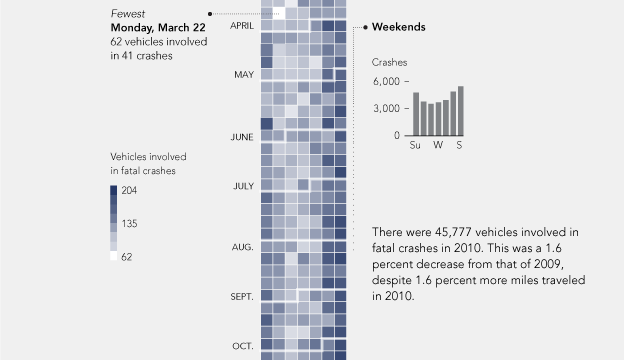
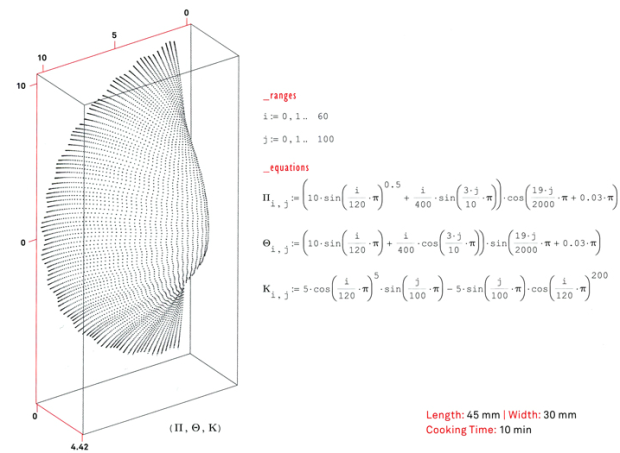
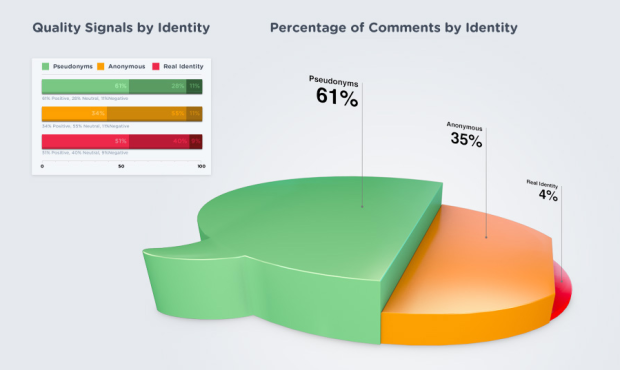

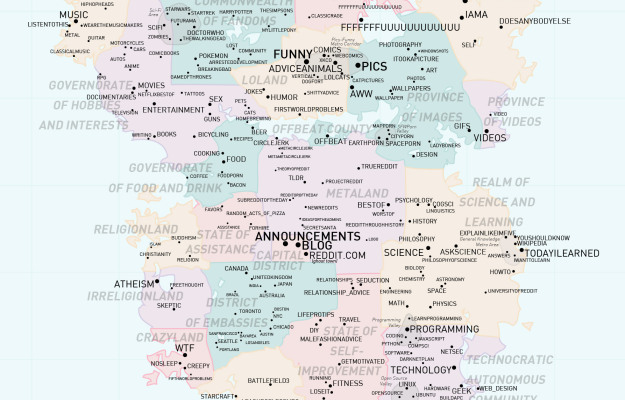

 Visualize This: The FlowingData Guide to Design, Visualization, and Statistics (2nd Edition)
Visualize This: The FlowingData Guide to Design, Visualization, and Statistics (2nd Edition)
